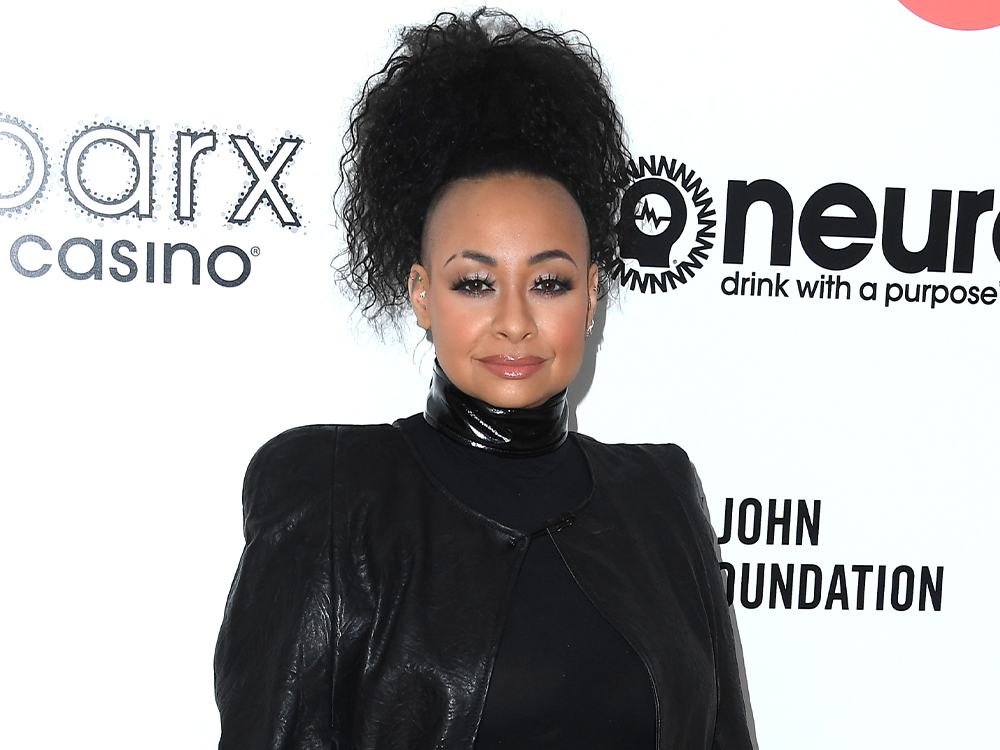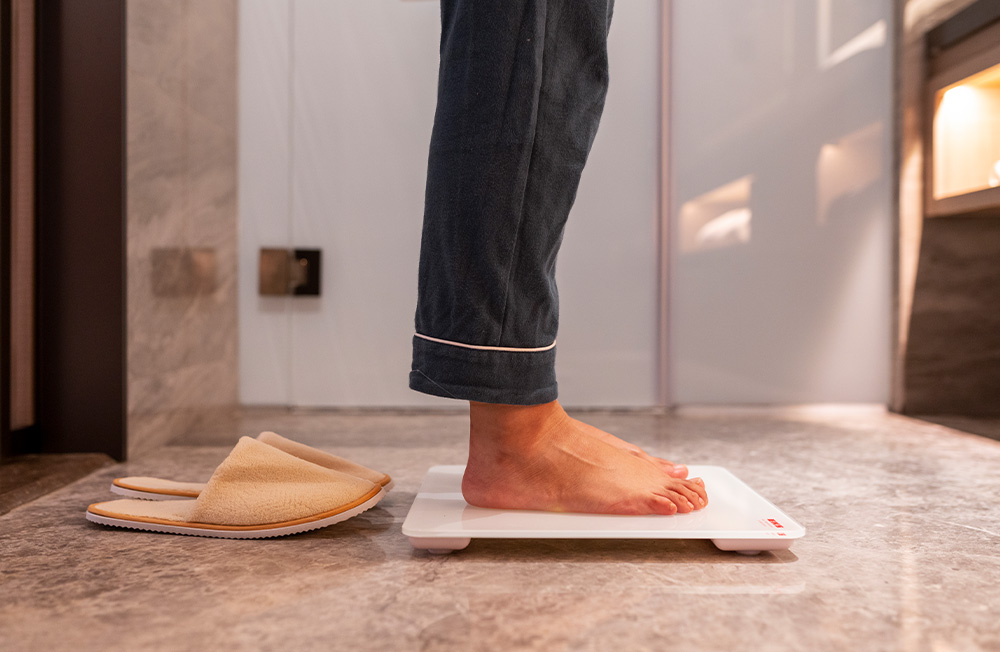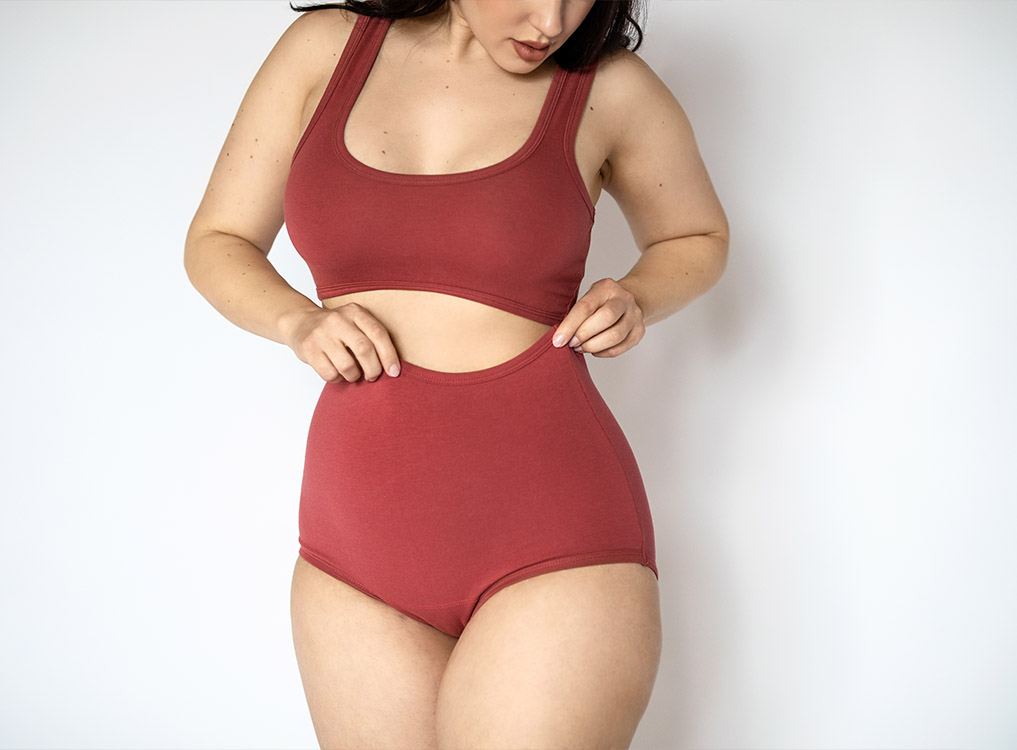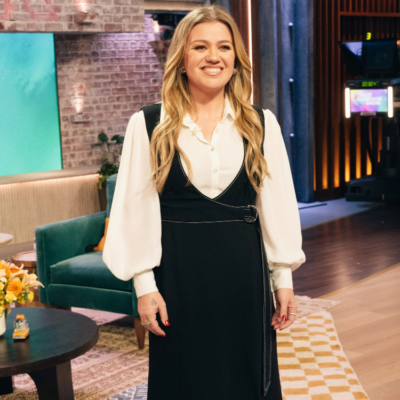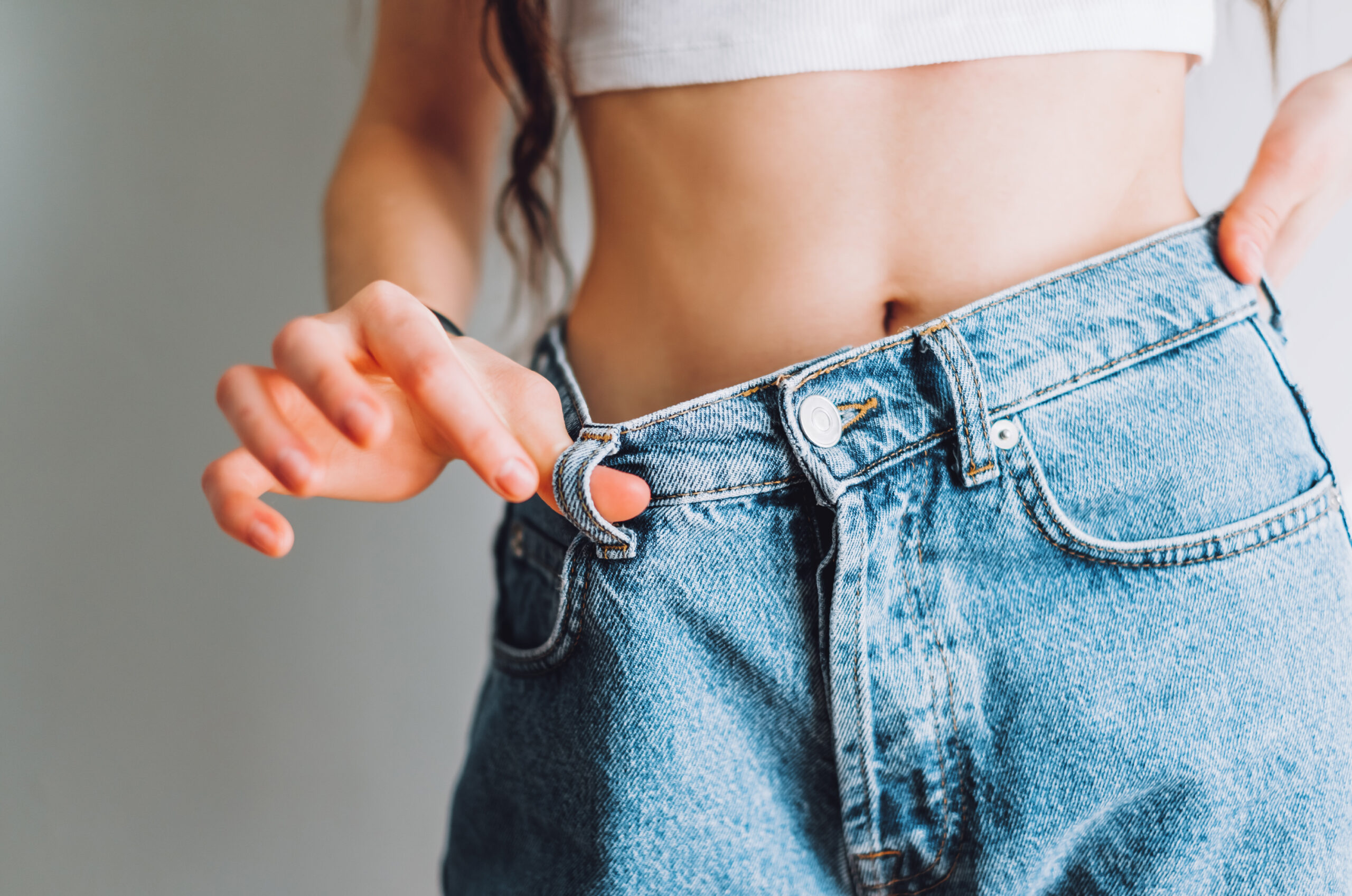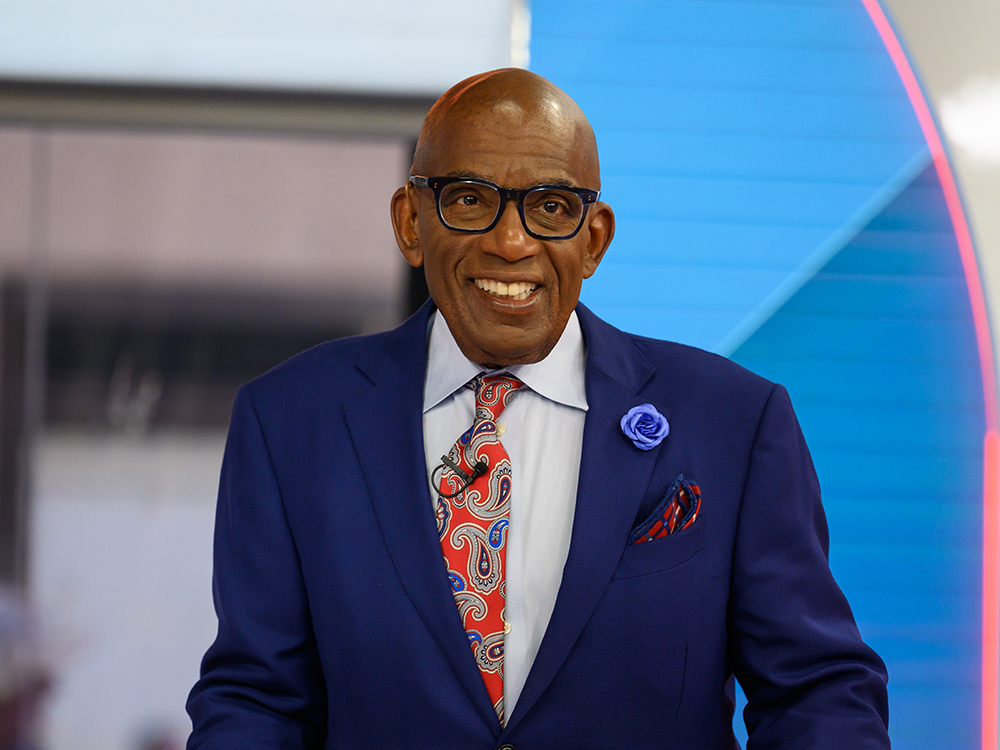Weight loss is a journey often celebrated for its health benefits, but it can also bring about unexpected changes in the body, particularly in areas like the cheeks, breasts, and butt. With the rise of weight-loss aids like semaglutide and GLP-1 medications, people are noticing that these areas can become hollow, saggy, or droopy faster than anticipated. If you’re experiencing sagging after weight loss, we’ve consulted top plastic surgeons who share the most effective treatments for volume restoration, and how to reclaim a youthful appearance and enhance self-confidence with a little boost of volume.
Why These Areas Lose Volume First
When it comes to weight loss, the cheeks, breasts, and butt are often the first to reveal signs of volume loss. Grand Rapids, MI, plastic surgeon Bradley Bengtson, MD points out these areas typically store more fat than other areas. He notes that the breasts, in particular, consist of about 15 percent fat, rendering them susceptible to weight fluctuations.
Chicago, IL plastic surgeon Andrea Martin, MD further emphasizes that massive or rapid weight loss can lead to a “deflated” appearance due to skin’s reduced elasticity. “Over time, this may slightly improve on its own, because it takes time for the skin to retract. However, there are many factors that determine the skin’s ability to do so, such as history of fluctuations in weight, age, degree of weight loss, history of UV exposure, and more,” she says.
Revolumizing the Cheeks
Restoring volume to the cheeks involves a delicate balance between artistry and science. Pittsburgh, PA plastic surgeon Jeffrey Antimarino, MD highlights two primary techniques: dermal fillers and fat grafting. “The beauty of filler lies in our ability to observe the injection process, allowing us to precisely gauge the volume being administered. Moreover, the body naturally breaks down the injected substance over time. Dermal fillers, particularly those applied to the cheeks, can last from one and a half to two years.”
For patients seeking a longer-lasting option, fat grafting can provide subtle, soft results. However, Dr. Antimarino stresses the importance of a conservative approach to avoid complications, as fat grafting requires threading thin lines of fat to ensure proper blood supply. “I typically only do this as part of a facelift. I prefer using fillers for greater predictability, as opposed to fat which the body absorbs over time. With fat, a patient would need to return multiple times, making it less cost-effective.”
Revolumizing the Breasts
Post-weight loss, breasts often experience a loss of volume and sagging. Newton Centre, MA plastic surgeon Joseph Russo, MD underscores the effectiveness of surgical options like fat transfers and breast augmentation with implants. “Patients should be at their goal weight and maintaining that weight first,” he cautions. “Sometimes we may need to remove areas of excess skin as well before revolumizing.”
Dr. Martin elaborates that the choice between these methods depends on factors such as skin quality, excess fat, and patient preferences. For breast augmentation, silicone implants are recommended for their natural and longer-lasting results compared to saline implants. “In patients who have severe breast volume loss and resulting breast ptosis, which usually means poor skin quality, I recommend a breast lift with placement of a breast implant,” says Dr. Martin. “This may need to be done in two separate surgeries, depending on the patient. It is essential that patients undergoing surgery are healthy and medically optimized to do so.”
Revolumizing the Butt
The buttocks, an area crucial for body proportion and self-esteem, can be successfully revolumized through fat grafting, according to Dr. Antimarino. Fat grafting involves meticulous threading of fat within tissues to encourage proper blood supply and prevent complications. While the procedure is effective, patients should be aware of post-operative restrictions, as they must avoid sitting or lying on the treated area for several weeks to ensure successful graft survival. “I don’t recommend implants in the buttock area,” he adds. “It’s too mobile, there are a lot of problems with pain when patients move, and they can become infected. So, I warn patients against them. Breast implants are different. That area is not as mobile of an area.”
Can You Have All Three Done at Once?
Many patients wonder whether they can address cheeks, breasts, and butt simultaneously. Dr. Joseph Russo believes that all three areas can indeed be addressed at the same time, provided it is carefully planned. Chicago, IL plastic surgeon Andrea Martin, MD echoes this sentiment, emphasizing the need for a comprehensive assessment to determine whether patients are suitable for longer surgical procedures or multiple shorter surgeries. A crucial factor is a patient’s readiness, both medically and in terms of reaching a stable, healthy weight post-weight loss.




